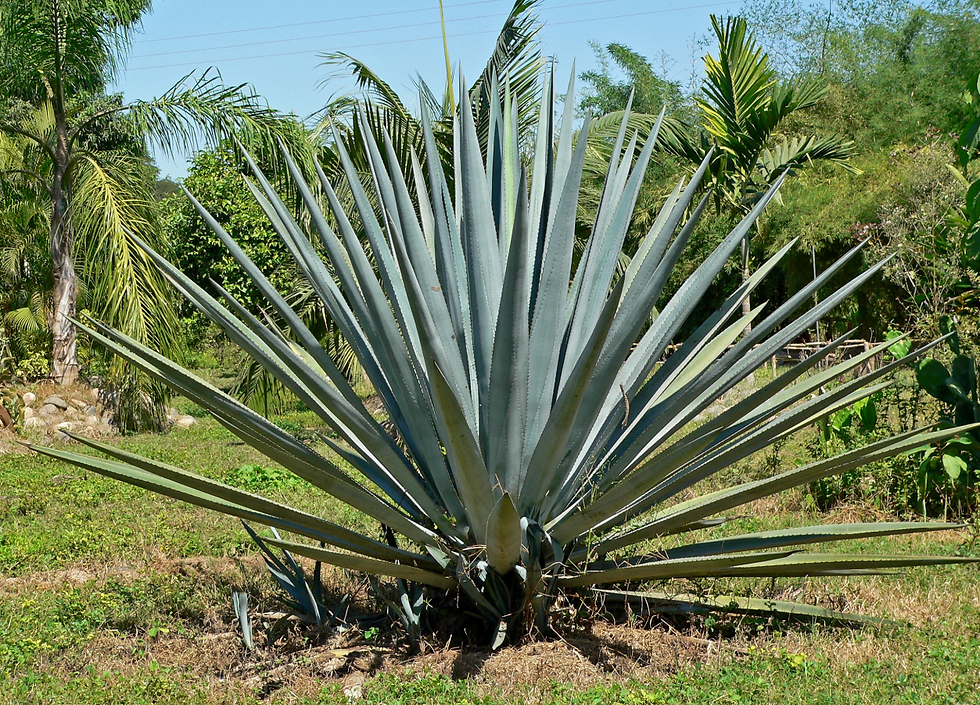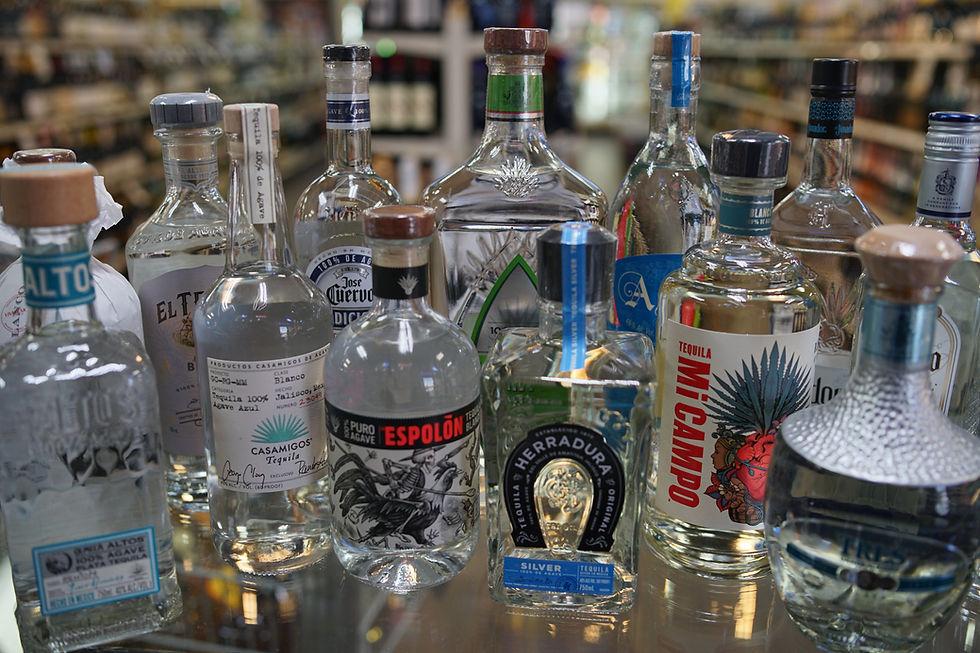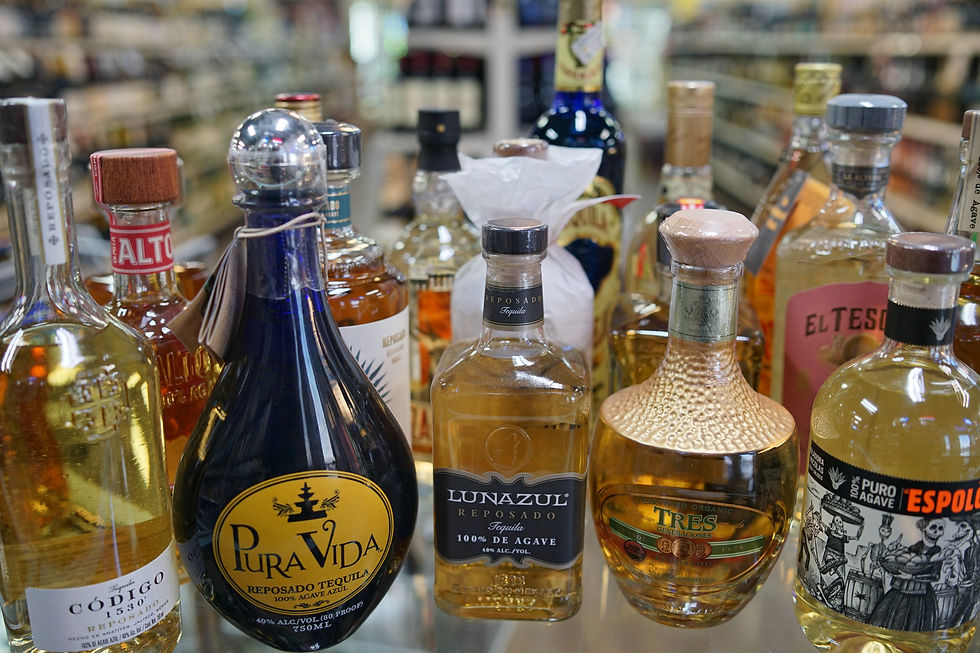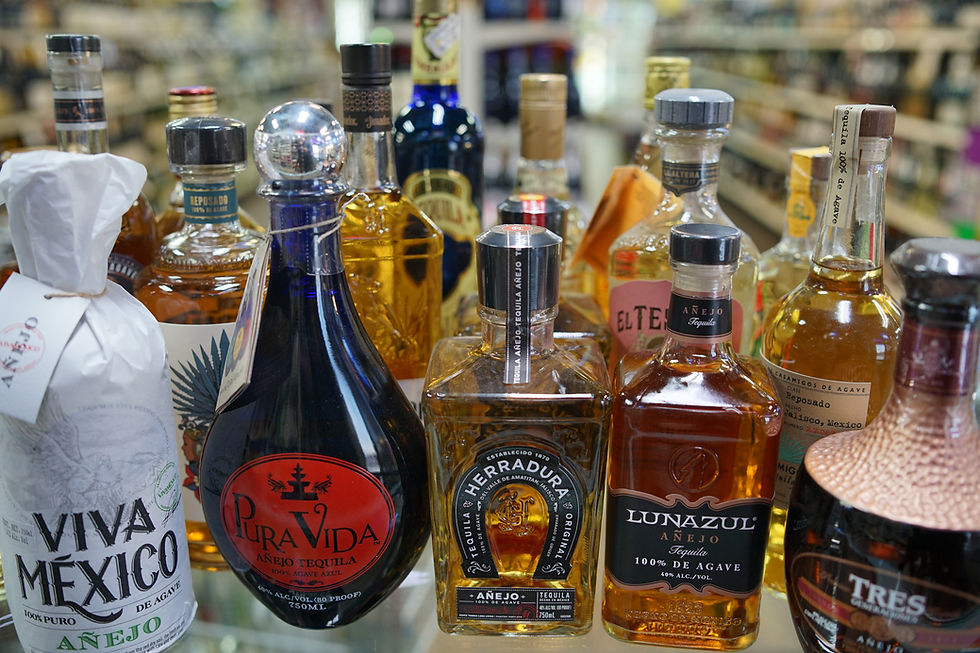Tequila has quickly evolved from party shot to craft spirit. Gaining more and more popularity, Tequila is no longer just for shots and margaritas. It's been overlooked for far too long and consumers are starting to ask questions about this spirit.

(Blue Agave Plant at Dona Engracia hacienda, Jalisco, Mexico; Stan Shebs)
Tequila is a distilled spirit produced only in Mexico and made from the blue agave plant. Mexican laws require tequila to be produced only in the state of Jalisco and limited municipalities in the surrounding region. It is a strictly regulated spirit which must meet the required standards to be classified as tequila. Tequila contains 35%-55% alcohol content and must have a minimum of 40% alcohol content to be sold in the United States. (Here's more information on the regulatory laws of tequila in Mexico.)
Similar to wine, the agave plant expresses different flavor profiles depending on the climate and soil it is grown. Tequila produced with agave grown in the highlands tend to be fruitier with subtle sweetness. In contrast, agave grown in the lowlands are more earthy with a hint of spice.
There are two basic categories of tequila - 100% agave and mixto. Though all tequila is made from the blue agave plant, not all use 100% agave. If a bottle is labeled 100% agave, the distillate was derived from 100% agave. If you find a bottle labeled agave tequila, it falls in the mixto category. This means that as much at 49% of the distillate may be derived from other cheaper sources, such as glucose and/or fructose. Generally, 100% agave tequila is finer in quality and will reward with much more complexity.
From the two basic categories, tequila branches out to fit one of five categories depending on the aging period.

Blanco/Silver/White/Plata : aged 0-3 months
This tequila is unaged and known as “the essence of tequila” among distillers because it offers the most genuine appeal of the blue agave’s natural sweetness. It may be packaged and bottled immediately after distillation or sometimes aged for up to 60 days in stainless steel or neutral oak. Blanco is tequila’s purest form since it isn’t aged in barrels and typically has bold flavors of agave if it is 100% agave. Blanco is ideal for cocktails, or if you’re looking to shoot tequila.
Gold/Oro/Joven : aged 0-3 months
Gold is basically a hybrid of tequila, usually a mixto with coloring agents to produce the caramel hue. It can also be made by blending silver tequila with aged tequila. It is most popular for mixed drinks and margaritas since it is less expensive.

Reposado : aged 2 months - 1 year
Reposado literally meaning “rested” spends time in oak barrels after the distilling process. This resting period allows the tequila to develop rich flavors from the oak as well as complexity in the flavor profile. Reposado is ideal for sipping at room temperature, or simple cocktails. No overpowering cocktails, as you don’t want to mask the integrity of the tequila.

Anejo : aged 1 year - 3 years
Anejo is aged in oak barrels but barrels must not exceed the maximum capacity of 600 liters, which is strictly regulated by the Mexican government. Anejo are darker in color compared to reposado because of the longer aging process. They are more complex, richer, and smoother in flavor. Anejo is typically regarded as a room temperature sipping tequila or in a curated cocktail.
Extra Anejo : aged 3 years minimum (this category was established in March 2006)
This ultra-aged spirit has the same exact production process as Anejo except that it is aged longer. Extra anejo tequila will be darker in color than anejo. It is the most expensive due to the lengthy aging process, but also the smoothest. It will also have the most complex flavor profiles, perfect for sipping or in a curated cocktail.
Best Tequilas to Try Now
Casamigos Blanco, Anejo
Don Julio Anejo
Corralejo Reposado
E Curarenta Reposado
Best Tequila Cocktails



Comments